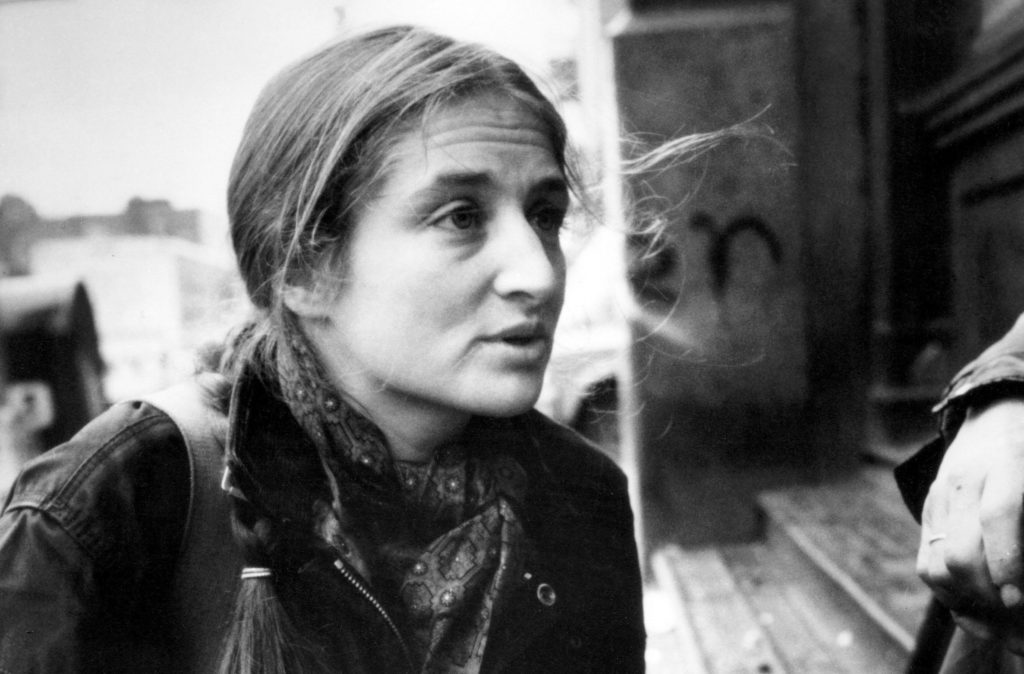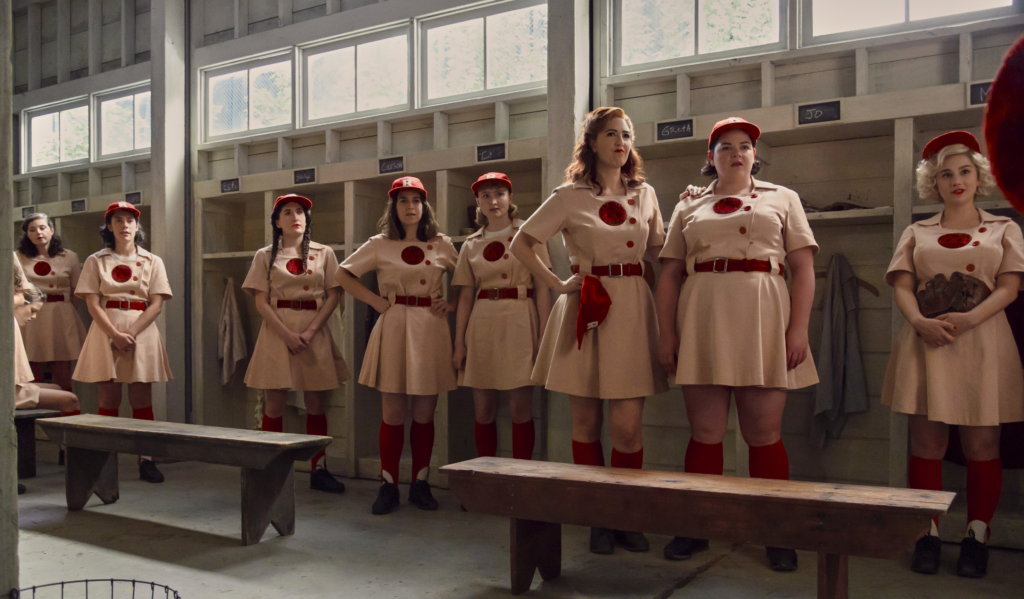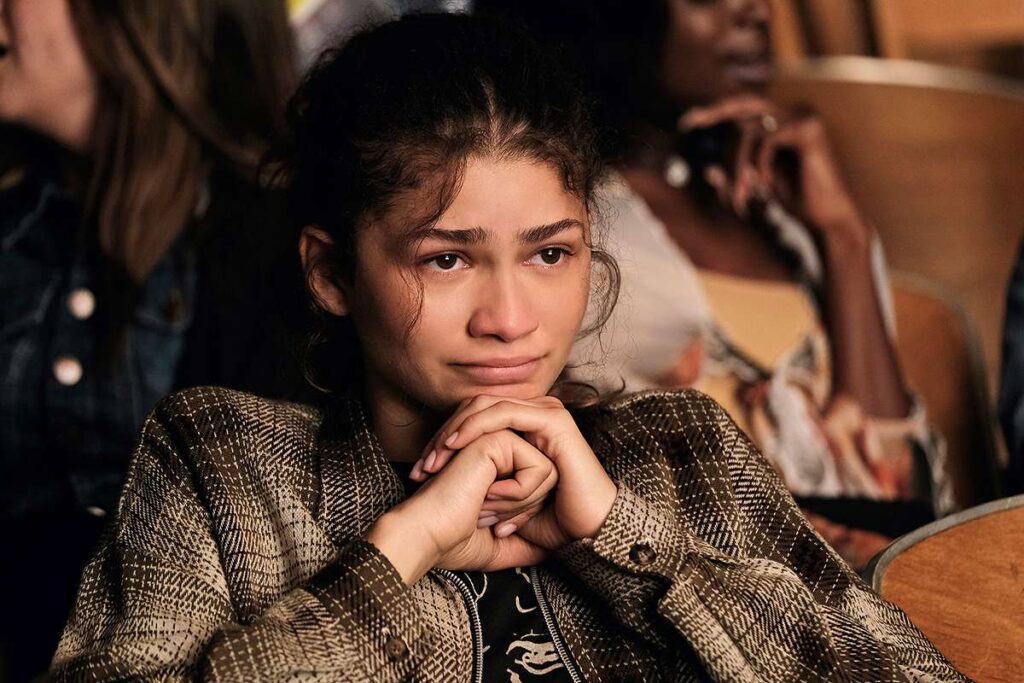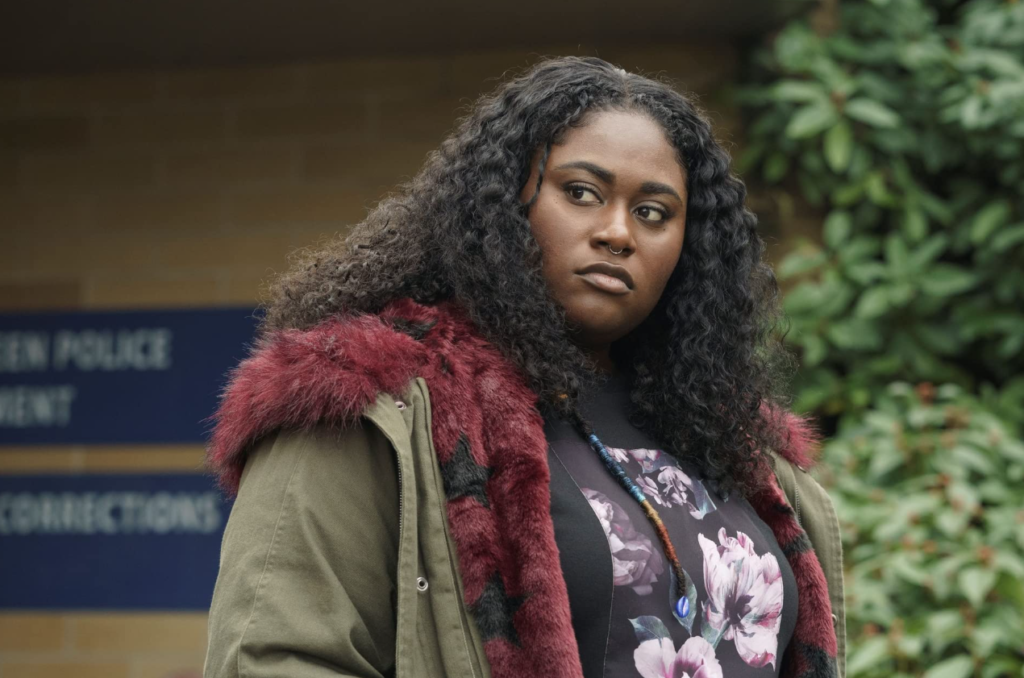Kering is recognizing women’s contributions to another male-dominated creative field. Best known for its Women in Motion program at Cannes — which celebrates women’s strides in cinema — the luxury fashion brand honored Susan Meiselas with its inaugural Women in Motion photography award yesterday, July 2, at the Rencontres d’Arles photography festival. The New York Times confirmed the news.
“It was the title of the award — Woman in Motion — that got me,” Meiselas told the Times, although she’s not sure if she would ever shoot anything for Kering herself. “I don’t know about the whole luxury brand part of it because that’s not my life,” she said. “But I do feel I’m still a woman in motion.”
Among her most famous photographs is 1979’s “Molotov Man,” which sees a Nicaraguan revolutionary preparing to throw a Molotov cocktail. Her photography collections include “Carnival Strippers,” “Nicaragua,” “Kurdistan: In the Shadow of History,” “Prince Street Girls,” and “A Room Of Their Own.”
Meiselas previously received the Robert Capa Gold Medal from the Overseas Press Club of America for her photojournalism, a MacArthur Fellowship, a Guggenheim Fellowship, and the International Center of Photography’s Cornell Capa Award.
Presented in partnership with Rencontres d’Arles, the Women in Motion photography prize includes €25,000 (about $28, 400 USD). According to Kering, the honor was created to address the pronounced gender disparity in photography. Women represent 75 percent of the world’s photography students, but only about 15 percent of them are actually able to forge a career as a photographer. The brand also points out that women shot only 12 percent of the images featured in France’s daily newspapers in 2017. In the same year women photographed just 13.7 percent of the top American fashion magazines’ covers. Research from photographer Jill Greenberg concluded that women captured less than 10 percent of all advertising images from 2013-2017.
Rencontres d’Arles itself was criticized for its lack of gender representation throughout its history and during its 2018 edition. Last fall an open letter was published in France’s Libération with the headline “Où sont les femmes?” (“Where are the women?”). Three-hundred industry leaders signed it.
“Why are there more men than women? Because in the beginning, there were more male photographers than female,” said Kering chief exec François-Henri Pinault. “And why? Because there were fewer breaks for women.”
A spokeswoman emphasized that the Women in Motion photography award is designed to inspire more breaks for women. “We believe that equality will also be met by triggering the discussion, participating in research that will feed the debate, creating the conditions for change, as well as casting a light on female talent,” she explained.







